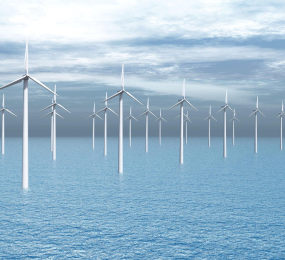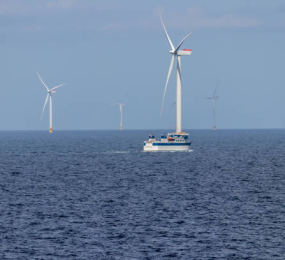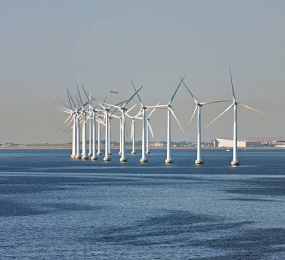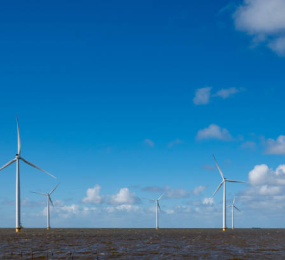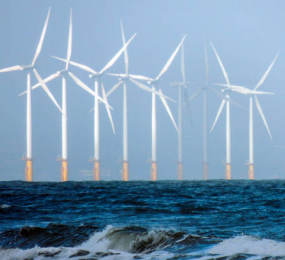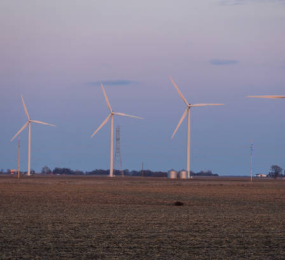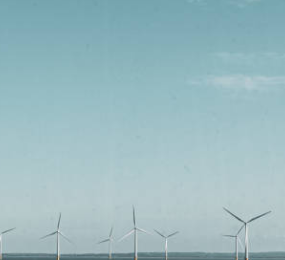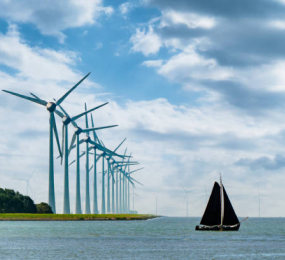Grid Stability and Power Quality Challenges in Offshore Substations
Offshore wind farms, located far from onshore grids, present unique challenges in maintaining grid stability and power quality at their substations. The inherent variability of wind power, coupled with the long distances for transmission, introduces complexities that require advanced technological solutions and robust control strategies.
One significant challenge is voltage and frequency regulation. Wind speed fluctuations directly impact the power output of wind turbines, leading to voltage variations and potential frequency deviations in the offshore grid. Maintaining a stable voltage and frequency within acceptable limits is crucial for the reliable operation of both the offshore wind farm and the interconnected onshore grid. The lack of inertia in wind turbines compared to traditional synchronous generators further exacerbates frequency stability issues.
Power quality is another major concern. The power electronic converters used to integrate wind turbines and transmit power can introduce harmonics and reactive power imbalances into the grid. These distortions can affect the performance and lifespan of electrical equipment both offshore and onshore. Managing reactive power flow and mitigating harmonic distortion are essential for ensuring a clean and stable power supply.
Furthermore, fault ride-through capability is critical. Offshore wind farms must be able to withstand temporary voltage dips caused by faults in the onshore grid and remain connected to support grid recovery. This requires sophisticated control systems and robust turbine designs. The long subsea cables used for power transmission also present challenges related to charging currents and potential resonance issues.
Addressing these grid stability and power quality challenges requires a multi-pronged approach. Advanced control systems, including active and reactive power control, frequency regulation mechanisms, and fault ride-through technologies, are essential. The integration of energy storage systems at offshore substations can help to smooth out power fluctuations and provide ancillary services. Furthermore, flexible AC transmission systems (FACTS) devices can enhance voltage stability and control reactive power flow. Robust grid codes and international standards are also crucial for ensuring the reliable and stable integration of offshore wind energy into national grids.
Visit our website to know more: https://www.leadventgrp.com/events/2nd-annual-offshore-and-floating-substations-forum/details
For more information and group participation, contact us: [email protected]
Leadvent Group - Industry Leading Events for Business Leaders!


